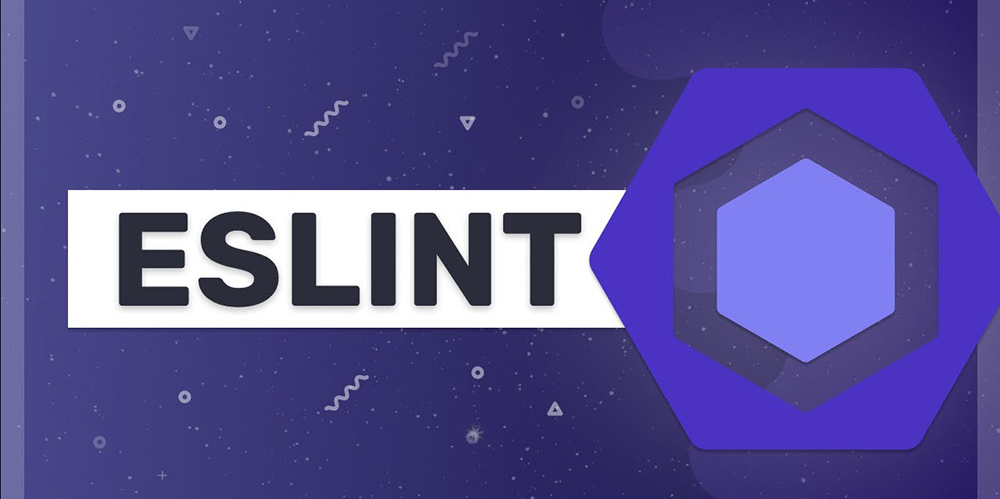Know Before You Use ESLint in Your Next Project: A Deep Dive into Why We Use ESLint
 Aniket Dhaygude
Aniket Dhaygude
Introduction
Have you ever wondered why ESLint is so highly recommended in JavaScript projects? ESLint is a powerful tool that helps developers write cleaner, more consistent code. In this blog, we’ll dive deep into the world of ESLint, exploring what it is, why we use it, and how to make the most of it in your projects.
What is ESLint?
ESLint is an open-source JavaScript linting utility. Linting is the process of running a program that analyzes code for potential errors and enforces coding conventions. ESLint checks your JavaScript code for issues and helps you maintain a consistent coding style by enforcing rules defined in a configuration file.
Why Do We Use ESLint?
1. Code Consistency
ESLint ensures that all developers on a project follow the same coding conventions, making the codebase more uniform and easier to read. This is crucial in large projects where multiple developers are contributing code.
2. Catching Errors Early
ESLint helps in identifying potential errors before they become problematic. By catching issues early in the development process, ESLint saves time and effort that would otherwise be spent debugging.
3. Enforcing Best Practices
ESLint can be configured to enforce best practices and coding standards. This includes preventing the use of deprecated features, ensuring proper variable scope, and avoiding common pitfalls in JavaScript.
4. Improving Code Quality
By highlighting areas of the code that do not meet certain standards, ESLint helps in improving the overall quality of the code. It encourages writing clean, maintainable, and robust code.
Understanding ESLint Deeply
Configuration
ESLint is highly configurable and allows you to define your own set of rules. Configuration is done through a .eslintrc file, which can be written in JSON or JavaScript format. The configuration file defines the rules, environments, and plugins that ESLint should use.
Example of a basic .eslintrc file:
{
"env": {
"browser": true,
"es2021": true
},
"extends": [
"eslint:recommended"
],
"parserOptions": {
"ecmaVersion": 12,
"sourceType": "module"
},
"rules": {
"indent": ["error", 2],
"quotes": ["error", "single"],
"semi": ["error", "always"]
}
}
Rules
ESLint comes with a set of built-in rules that cover a wide range of coding standards and best practices. These rules can be customized or extended using plugins. Each rule can be configured to report as an error, a warning, or turned off entirely.
Example of custom rules:
"rules": {
"no-console": "warn",
"no-unused-vars": ["error", { "vars": "all", "args": "after-used", "ignoreRestSiblings": false }],
"eqeqeq": ["error", "always"]
}
Plugins
ESLint's functionality can be extended using plugins. Plugins are packages that add additional rules or configurations. For example, the eslint-plugin-react plugin adds rules specific to React applications.
To use a plugin, you need to install it and include it in your .eslintrc file:
{
"plugins": [
"react"
],
"rules": {
"react/jsx-uses-react": "error",
"react/jsx-uses-vars": "error"
}
}
Integrations
ESLint integrates seamlessly with many development tools and editors. Popular code editors like VSCode and Sublime Text have ESLint plugins that provide real-time linting feedback as you write code. ESLint can also be integrated into your build process using task runners like Gulp or Grunt, and module bundlers like Webpack.
Setting Up ESLint
To set up ESLint in your project, follow these steps:
Install ESLint:
npm install eslint --save-devInitialize ESLint:
npx eslint --initThis command will guide you through a series of questions to create a basic configuration file.
Run ESLint:
npx eslint yourfile.jsReplace
yourfile.jswith the path to the file or directory you want to lint.
Conclusion
ESLint is an invaluable tool for JavaScript developers, offering numerous benefits from enforcing code consistency to catching errors early. By understanding and leveraging ESLint, you can significantly improve the quality and maintainability of your code. Don’t just use ESLint—understand it, configure it to your needs, and make it an integral part of your development workflow.
And remember, this is just the beginning. In future posts, we’ll delve deeper into advanced configurations, custom rule creation, and more. Stay tuned and happy coding!
Subscribe to my newsletter
Read articles from Aniket Dhaygude directly inside your inbox. Subscribe to the newsletter, and don't miss out.
Written by

Aniket Dhaygude
Aniket Dhaygude
👨💻 Freelance Developer | UI/UX Enthusiast | Tech Blogger Transforming ideas into engaging digital experiences. I specialize in front-end development, UI/UX design, and creating dynamic web apps. Let's build something amazing together! 🚀